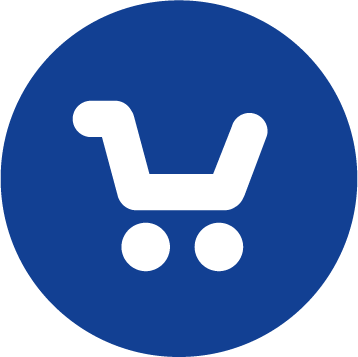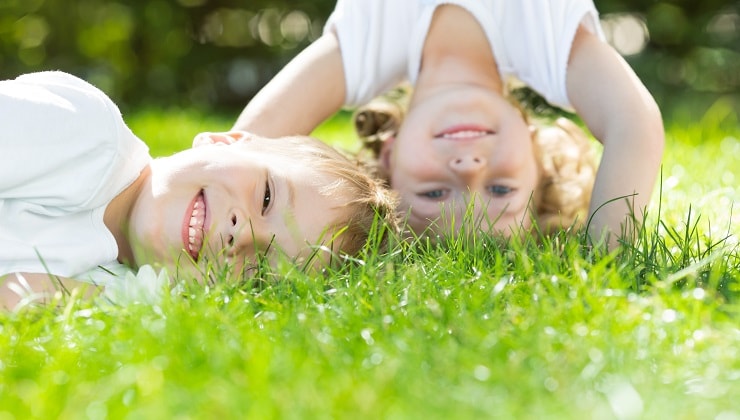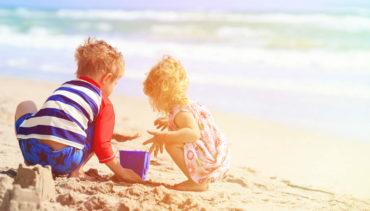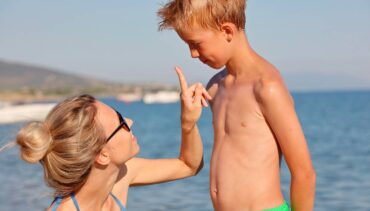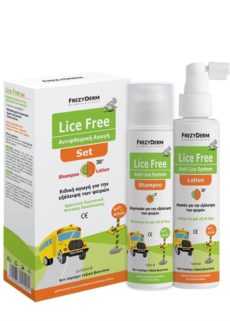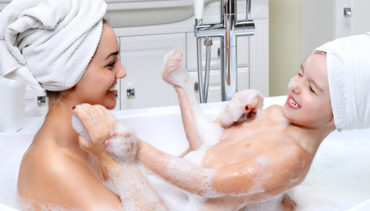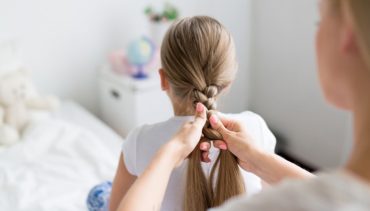
Head lice: all you need to know
School begins and the potential head lice nightmare goes hand in hand…
Who is more likely to get infected?
The majority of people who get infected by head lice is children between 3-11 years old.
The reason why often lies on the fact that that children often play together with their heads being close.
Head lice don’t carry any diseases and don’t discriminate against clean heads.
Can it be spread through hats, sweaters or scarfs?
It’s highly unlikely to get lice from anything else rather than another head.
Lice tend to cling on humans’ head for as long as they can. Without sucking on human blood, they survive only a few hours to a day. It’s not impossible however, to spread, so we would advise to not share teddy bears with children that have been affected and thoroughly clean sweaters etc.
I’ve recently followed a treatment for my child, why do I still clearly see nits in their hair? Does this mean the therapy didn’t work?
Not necessarily. First of all, checking should occur two or three days after you’ve completed the treatment and repeating again after another seven days.
So long as, it’s only nits (egg cases), it doesn’t necessarily mean that the therapy didn’t work. Especially if the nits are white (these have already hatched), these are only leftovers that will be gone.
What you should see by no means, is adult lice. This indicates treatment either didn’t work or your child has caught them again.
My kids’ kindergarten has been having a head lice infestation. What should I do?
Lice cannot fly, jump or swim. They walk from hair to hair. Your kid can only get infected with head-to-head contact. The best thing you can do, is advise your child to not be too close to their friends during this period. Furthermore, if your child has long hair, you might want to advise to keep their hair tied up.
What is the best technique to combat them?
Wet combing also known as “bug busting” is the best technique you can employ to eradicate lice.
The main advantage of this method versus insecticides, is the absence of chemicals.
We’ve thoroughly explained in the past, the wet combing method.
Ideally a treatment made with natural lice repellents such as Tea Tree, geranium or lavender essential oil works best as head lice tend to become resistant to permethrin and pyrethrin (insecticide treatments).


